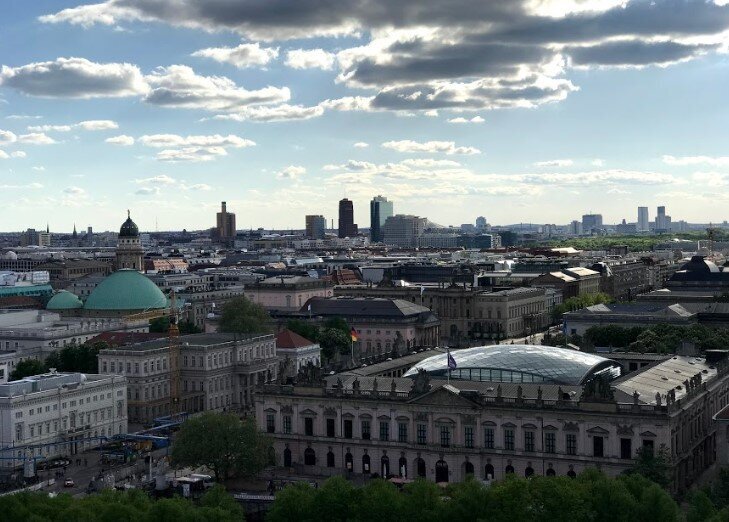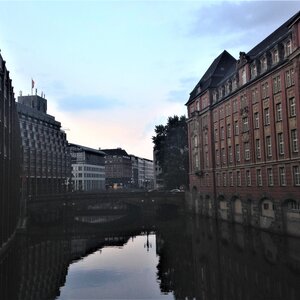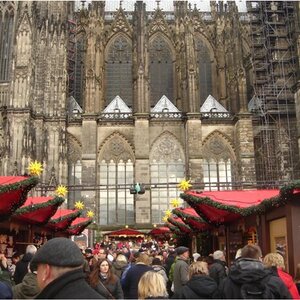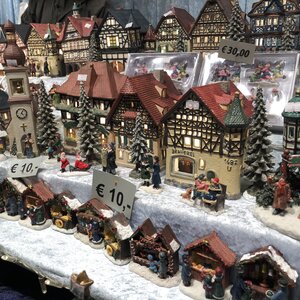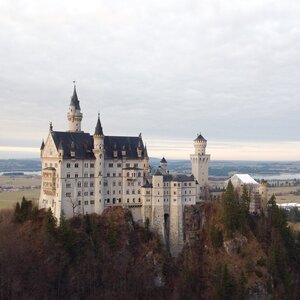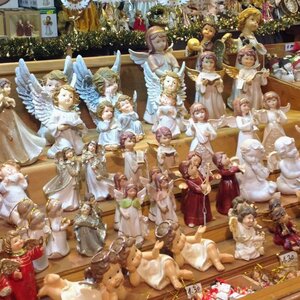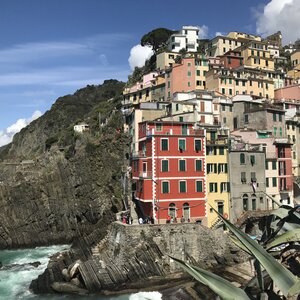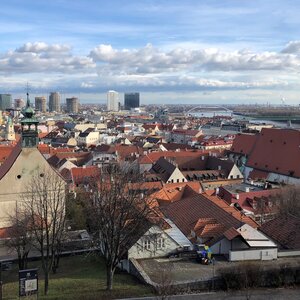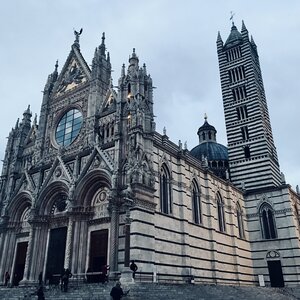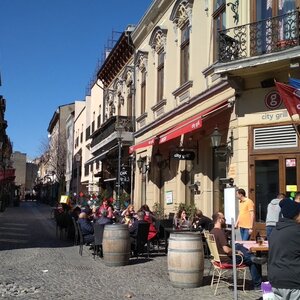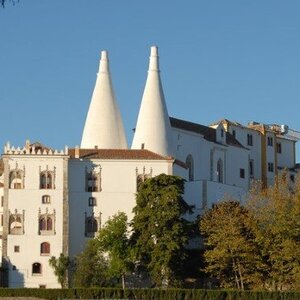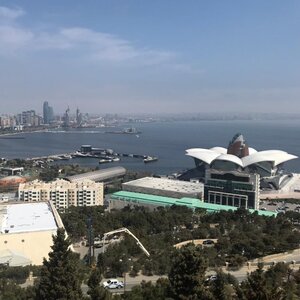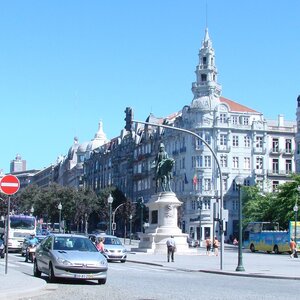Reichstag (Reichstagsgebäude)
Witness to German tragedies, the most visited parliament in the world — The historic German parliament building: formerly the Reichstag, today the Bundestag. The building was built in 1894, burned heavily in 1933, and was almost completely destroyed by bombing in 1945.
The Parliament was restored to its original form, including the unique glass panoramic dome. Today you can go up there and see the city from above.
The walls still preserve the events of the war years: bullet chips, inscriptions of Russian soldiers. In the 90s, the government discussed what to do with such heritage. It was decided to leave only a part of it: 159 inscriptions have been preserved. You can see them only with an excursion by appointment.
- Admission is free, but pre-registration is required online
- Opening hours: from 08:00 to 00:00
- Website
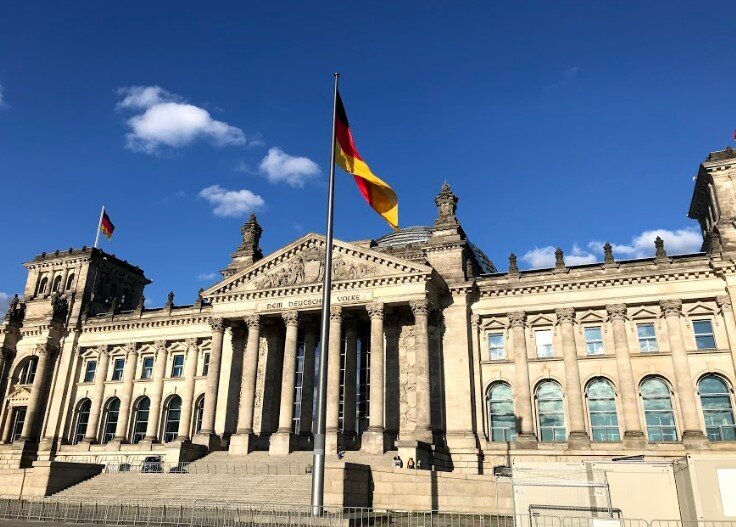
Brandenburg Gate (Brandenburger Tor)
The second most important historical site in Berlin. Through this gate the German army went to war, under the blessing of the Goddess of Victory, who drives four horses over a vault of twelve columns.
From 1961 to 1989, the gate was not functioning: it was part of the Berlin Wall, which blocked the passage of residents of West and East Berlin. When the wall fell, the Brandenburg Gate became a symbol of national unity.
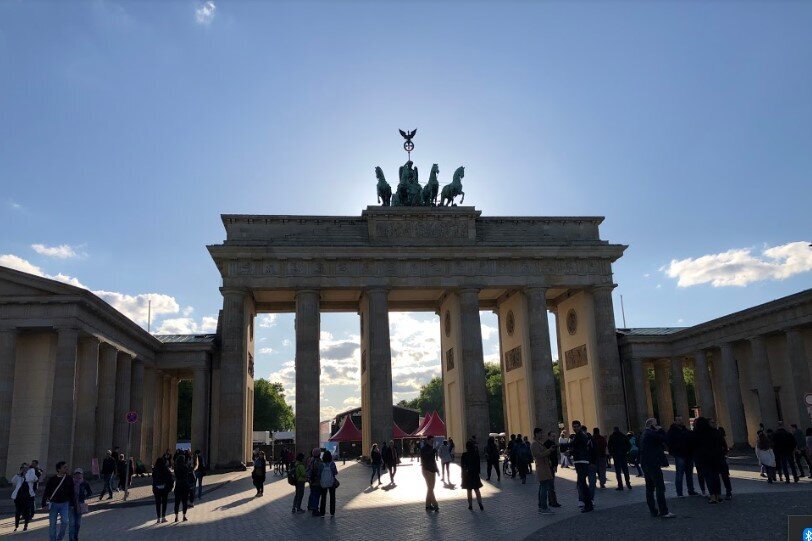
Berlin Wall (Gedenkstätte Berliner Mauer)
The Berlin Wall surrounded West Berlin from August 13, 1961 to November 9, 1989, stretching a strip through the center of the city. It was erected by the GDR authorities to stop East Berliners from fleeing. People called it the «death strip»: according to official data, at least 136 people died here, and according to unofficial data, more than 1,200.
The memorial complex covers several hectares. Among other things, the last section of the Berlin Wall has been preserved here.
- Opening hours: from 08:00 to 22:00
- Cost: free of charge
- Website
Cathedral (Berliner Dom)
One of the most iconic, «postcard» buildings in the city is the Berlin Cathedral, the largest Protestant church in Germany. The place is experiencing its third birth. The first building was constructed in 1451, nothing remains of it now. The second version was erected at the turn of the XIX–XX century, and this building fell during the Second World War. The restored version is slightly lower, but just as beautiful.
The cathedral provides access to the crypt of the Hohenzollern dynasty, the last ruling dynasty of the German Empire and Prussia.
The dome can be climbed up 270 steps to the observation deck, where you can enjoy a beautiful view of the city. Opposite the cathedral is the Lustgarten Park, where you can take a break.
- Admission: adult 7 €, child 5 €
- Website
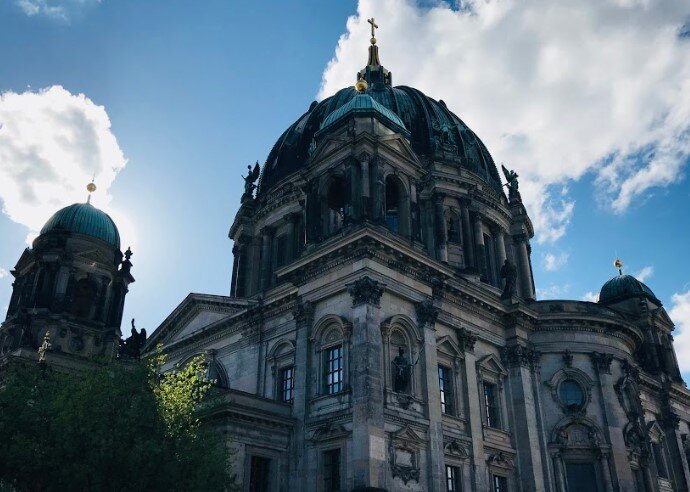
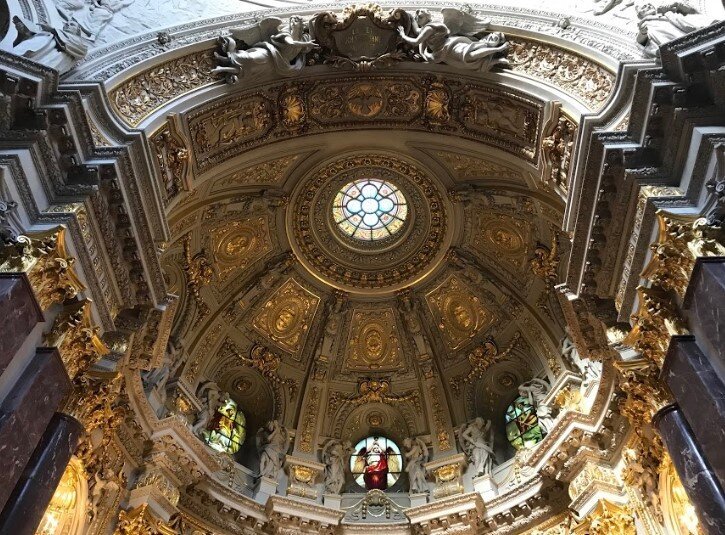
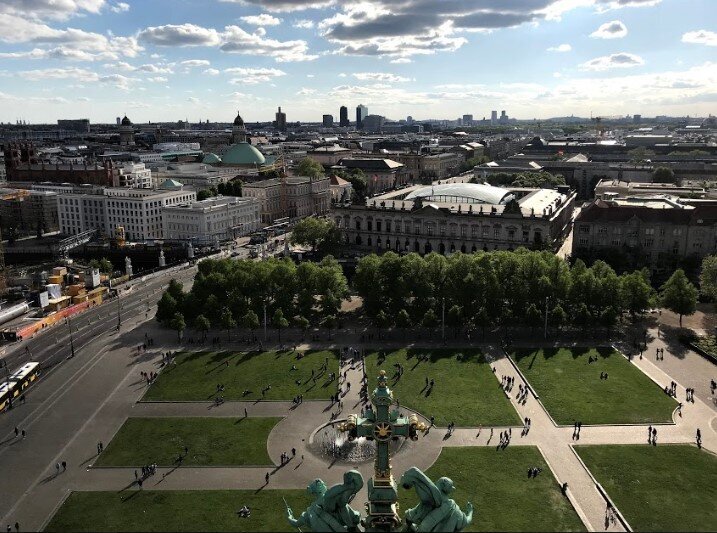
Alexanderplatz (Alexanderplatz)
In Berlin, two major themes run through all key locations: the war and the division of Germany. The famous «Peace Clock», which symbolizes the beginning of a new era and the fall of the Berlin Wall, is located on Alexanderplatz. «Time will tear down all walls," the inscription on the clock reads. Interestingly enough, the square was built in honor of Russian Tsar Alexander I in 1805: this is how King Friedrich Wilhelm III honored his guest.
TV Tower (Berliner Fernsehturm)
You can get a bird’s eye view of Berlin from several points, the tallest being the TV Tower.
The 368-meter high TV tower made history not only as the tallest building in Germany, but also as one of the four tallest structures in Europe, together with the Ostankino, Kiev and Riga TV towers. There is now a viewing room at 203 meters and a restaurant at 207 meters.
- Opening hours: daily from 9:00 to 23:3
- Admission: adult 16,50 €, children 9,5 €
- Website
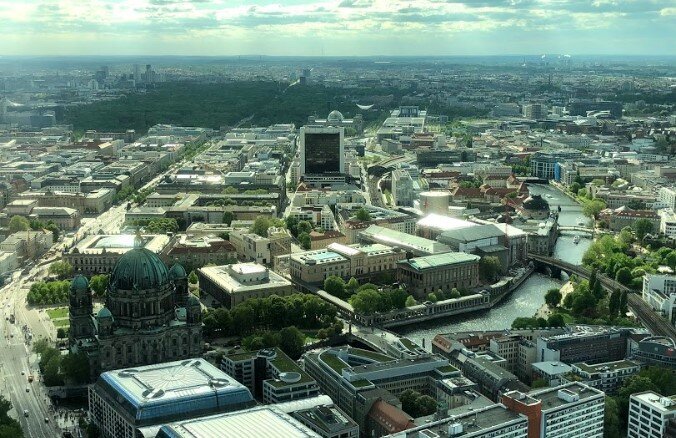
Museum Island (Museumsinsel)
Near the Cathedral is the «Museum Island», an el dorado for art lovers. Five main German museums are concentrated here. It is unlikely that you will be able to visit all five in a couple of days, but it is worth visiting one or two.
You can buy a separate ticket for each museum. Or you can save money: a single ticket, which grants entry to all five museums on the island, costs 18 € for adults and 9 € for children.
Old Museum (Altes Museum)
Until 1845, the museum was called the Royal Museum. The collection began with the collection of the Prussian King Friedrich Wilhelm III. The museum was gradually enriched with other works of art and materials from archaeological expeditions. After World War II, the museum did not reopen until 1966.
- Opening hours: from 10:00 to 18:00, Thursday from 10:00 to 20:00, Monday off
- Admission: adult 10 €, concessionary 5 €
- Website
Neues Museum
When the old museum did not have enough space for exhibits, it was decided to build a second museum. The war left its mark here too: the building was opened only after reconstruction in 2009. The museum is proud of its three collections: Egyptian with a collection of papyri with a bust of Nefertiti, Prehistory and Early Modern.
- Opening hours: from 10:00 to 18:00, Thursday from 10:00 to 20:00
- Cost: adult 12 €, concessionary 6 €
- Website
Old National Gallery (Alte Nationalgalerie)
Art gallery of the 19th century. The permanent exhibition features paintings of classicism, romanticism, early modernism and French impressionism.
- Opening hours: from 10:00 to 18:00, Thursday from 10:00 to 20:00, Monday off
- Cost: adult 10 €, concessionary 5 €
- Website
Pergamon Museum (Pergamonmuseum)
At the end of the 19th century, a treasure arrived in Berlin: the Pergamon Altar, one of the most valuable surviving artifacts of ancient Greece from the period shortly before its fall. It is believed to have been dedicated to Zeus and is even mentioned in the New Testament. The altar is comparable in importance to the Parthenon.
In 1930, the Pergamon Museum was built to display the altar. After World War II, the altar was briefly exported to the Soviet Union, but was later returned to Berlin. Today it is the most visited museum in Germany. Its exposition includes the Antique Collection, the Trans-Asian Museum and the Museum of Islamic Art.
- Opening hours: from 10:00 to 18:00, Thursday from 10:00 to 20:00
- Admission: adult 19 €, reduced price 9,5 €
- Website
Bode-Museum
The museum was opened in 1904 and is named after its founder, Arnold Wilhelm von Bode. Its sculpture collection is one of the largest collections of ancient plastic art in Germany, the Byzantine Collection is famous for its Late Antique sarcophagi from Rome, and the Coin Cabinet is the largest numismatic collection in Germany.
- Opening hours: from 10:00 to 18:00, Thursday from 10:00 to 20:00, Monday off
- Admission: adult 12 €, concession 6 €
- Website
Berlin Zoo (Zoologischer Garten Berlin)
With around 15,000 animals and 1,500 species on display, Berlin Zoo ranks among the top three in Europe and the world’s top ten. One of the few places in the world where you can observe the leisurely life of beautiful pandas. It’s not only worth going here with kids, and you should make at least half a day for the visit.
- Opening hours: daily from 09:00 to 18:00 (depends on seasonality, check the website)
- Admission: adult 15,5 €, children 8 €
- Website

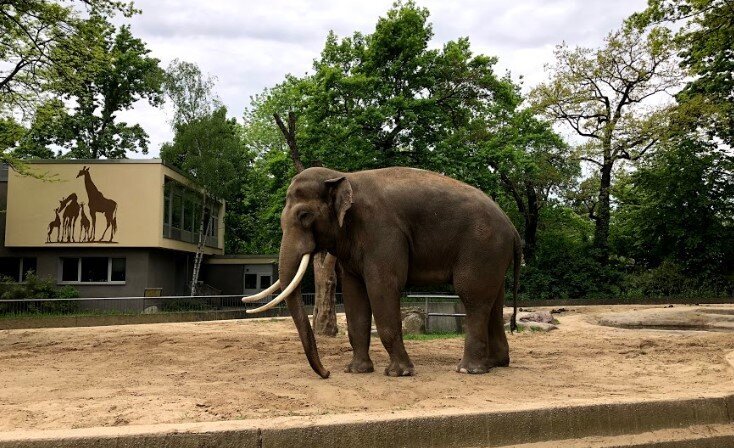
Contemporary art
Berlin is the heart and pulse of street art and contemporary art. There is so much of it here that it is worthy of a separate guidebook.

